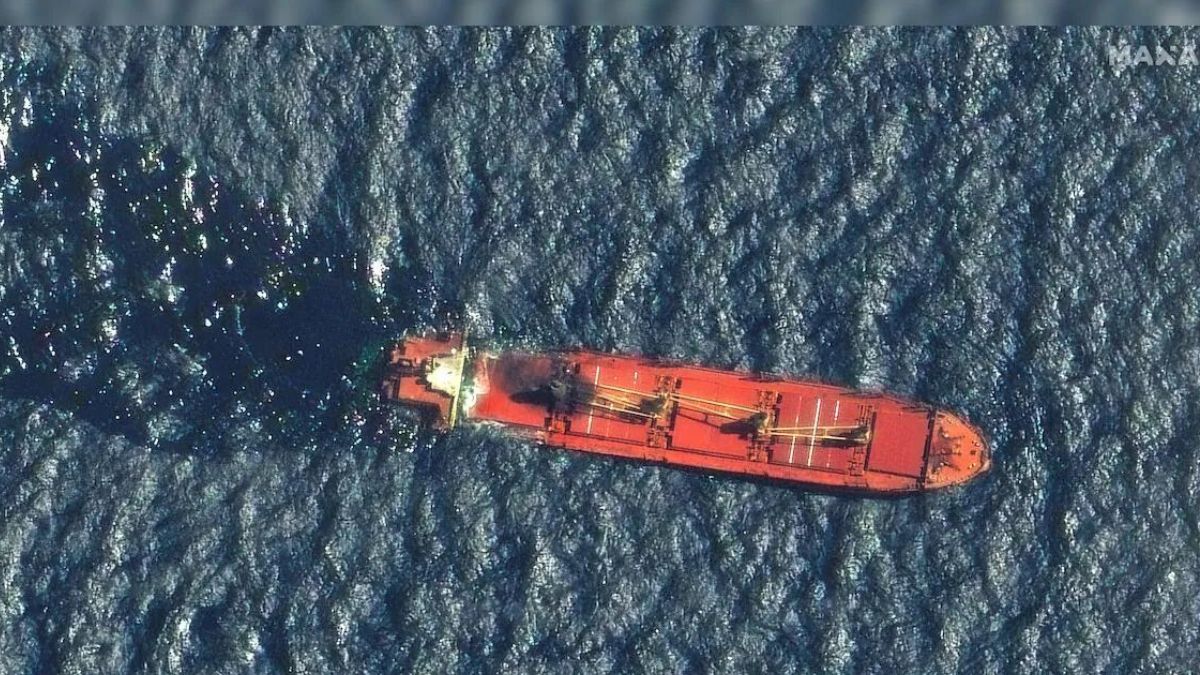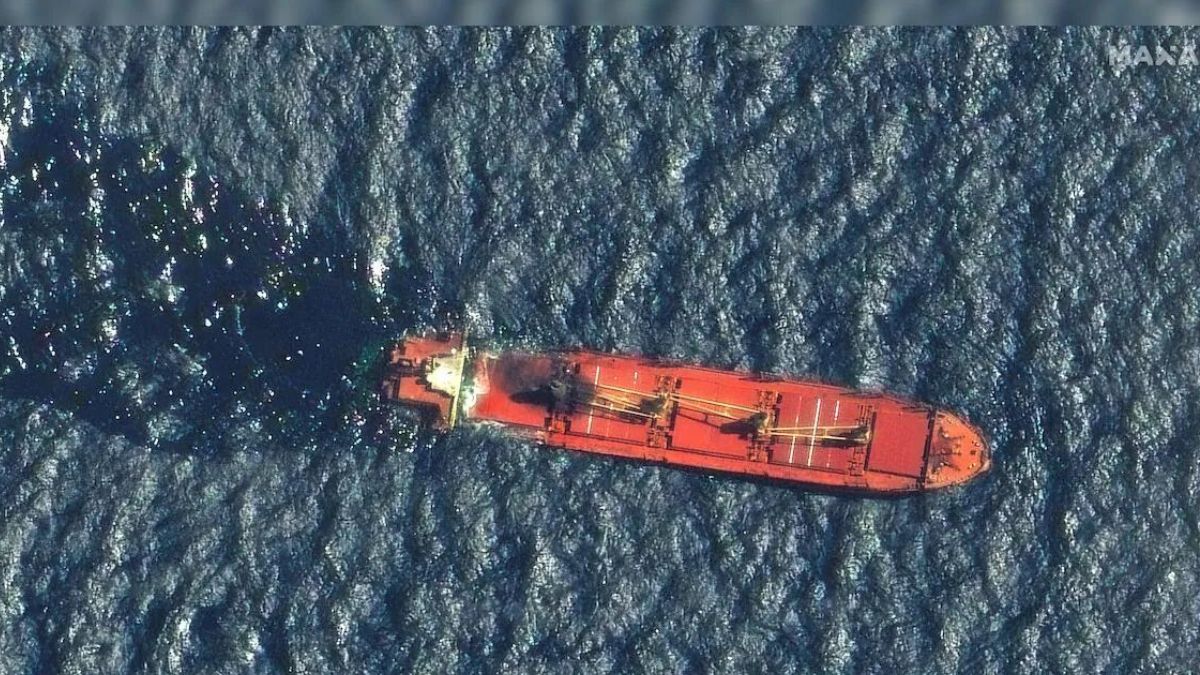The Riyadh Declaration issued by Saudi Arabia at the conclusion of the first Arab-Islamic-American Summit frequently referred to Iran and terrorism in the same breath, and has promised to raise a 34,000-member-strong joint force to fight against terrorism in Syria and Iraq.
For reasons as-yet-unknown, Yemen has been left out of these countries blighted by terror. The declaration has attracted sharp criticism from Iran’s foreign minister Javad Zarif , who questioned whether US president Donald Trump is pursuing a serious foreign policy or just milking $480 billion worth of Saudi money.
The way the first Arab-Islamic-American Summit was turned into an anti-Iranian show was perhaps most visible in the speeches made at the event. This will likely irritate Pakistan and Turkey as both countries seek to engage with Iran, instead of confronting it. This is also contrary to what the Saudis were propagating for months under their 2030 vision to diversify the Saudi economy. The 15 US-Saudi mega deals signed during the visit have once again proved that Saudi Arabia’s regime security overshadows a sustainable economic agenda.
In a very carefully constructed itinerary for his first state visit, Trump has connected all Semitic religions that otherwise are thought to be in the midst of a civilisational clash. This is completely at odds with what he has been advocating through his election speeches that have earned him the sobriquet of “the world’s most famous Islamophobe”, as Al Jazeera’s Mehdi Hassan has described him.
The visit has received unprecedented media coverage from both sides: Those who oppose and support Trump. This was among the most important visit Saudi authorities have hosted in the past many years since they have apparently been in a state of panic given the Iran-American rapprochement started by the Barack Obama administration, at the cost of America’s Gulf allies. Trump’s Israel visit will largely take place amid less noise, with more substance.
Trump attended three back-to-back summits: The Saudi American summit, GCC-American Summit and Arab-Islamic-American Summit. Obama’s GCC policy has proven to be disastrous for the US’ regional standing and a wake-up call for its Arab allies, who in the past three years have tried to find new partners, new alliances and new guarantees to protect them from threats they believe to be emanating from Iran. Saudi relations with major Asian powers — India, China and Japan — have been upgraded to fill the gap left by the US and other western powers.
The visit marks a departure from what should ideally be just a bilateral engagement. It has come to resemble a strong multilateral and regional diplomatic offensive. Some 50 Muslim countries attended the Arab-Islamic-American Summit, and there will be another one in 2018.
Trump used the opportunity to describe Iran in almost exactly the manner that Saudi Arabia would have wanted from American leadership. Trump said, “From Lebanon to Iraq to Yemen, Iran funds, arms, and trains terrorists, militias, and other extremist groups that spread destruction and chaos across the region. For decades, Iran has fuelled the fires of sectarian conflict and terror… Bolstered by Iran, (Bashar al) Assad has committed unspeakable crimes, and the US has taken firm action in response to the use of banned chemical weapons by the Assad Regime — launching 59 tomahawk missiles at the Syrian air base from where that murderous attack originated.”
Electoral rhetoric aside, Trump has to deal with the real world in which the American response to the Arab-Israeli conflict and the Syrian crisis has alienated American allies in the region and has allowed Russia, China and other countries to fill the gap Americans had voluntarily left.
These summits were his best opportunity to change not only his personal credibility but also American credibility. Saudi Arabia and the Arab League had recently renewed their offer to Israel to accept the 1967 border to start the suspended peace process. Hamas, the most powerful militant group operating from Gaza has accepted the 1967 border, removing the “destruction of Israel” rhetoric from its official policy statement, Meethaq. The Obama administration failed in its endeavour to generate confidence from either side in the conflict.
The reason Hamas has made such a huge compromise in its anti-Israel policy is because Hamas has allegedly been denied arms and finance from Iran until such time as it sufficiently distances itself from Saudi Arabia and supports Assad in Syria. The Saudi and American leadership now has both sides in its corner, in order to facilitate the peace process.
Syria’s unresolved conflict and continued humanitarian crisis was Obama’s badge of disgrace he carried with him when he left the White House.
Perhaps, Obama’s pursuit for a nuclear deal with Iran led him to believe that the agreement would support a political process in Syria and Iraq. This was proved otherwise. Now, Saudis are more worried about Iranian proxies reaching the Jordanian border and threatening both Saudi and Jordanian security. Trump was quick to reassure Saudis and Jordanians by ordering another airstrike to target Syrian forces and Iranian proxies just days before his visit.
Many believe that by his actions, Trump is reassuring his Arab allies that the US has not withdrawn from the region. But the real issues are yet to be addressed.
The declaration to raise 34,000 military personnel to fight against terrorism and extremism in Syria and Iraq requires not only the consent of their respective governments, but also extensive military training and equipment, for which the Saudi and American role is always questioned. Interestingly, the declaration talks about the future deployment of these forces in Iraq and Syria but not in Yemen where a direct Saudi-led military coalition is facing a deadlock in the absence of an agreeable political roadmap.
The 15 deals worth $300 billion have once again called into question the much-hyped 2030 economic vision launched by Saudi Arabia last year. The deals are clearly to bring back American control of the region, not necessarily to help and upgrade Saudi capabilities.
The main problem is yet to come when all 50 Islamic countries have to balance the Riyadh Declaration and their ongoing engagement with Iran, particularly Pakistan, Turkey, Indonesia and Central Asian countries with whom Iran has been maintaining good relations. The Saudi-Iran rivalry aside, the summit appears to be more of a political exercise than a real strategic exercise “to open the way for wider prospects for their mutual future ties”, which many countries would prefer to do without such summits.
Avoiding frequent anti-Iran references in the summit would have served the purpose better.


)




)
)
)
)
)
)
)
)